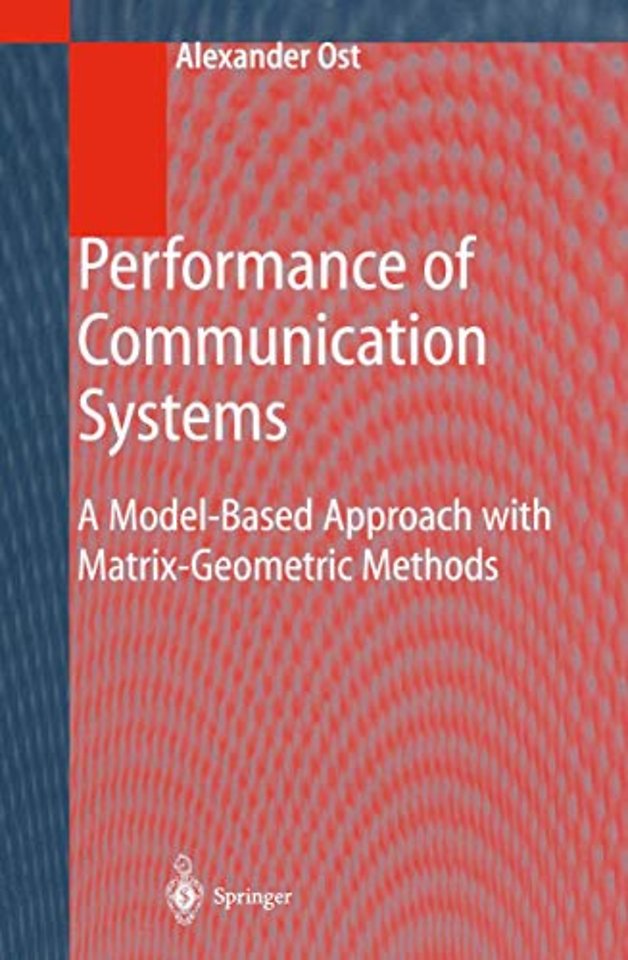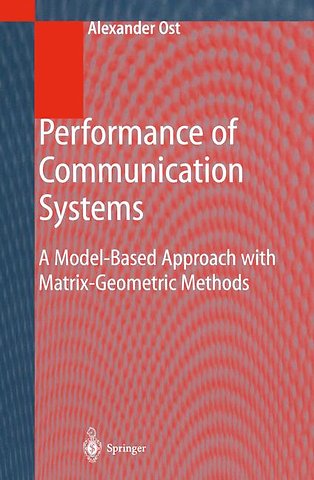Performance of Communication Systems
A Model-Based Approach with Matrix-Geometric Methods
Samenvatting
This book is about efficient communication. The role of communication, as a means for the transmission of information among people, is one of the key factors driving the development of our civilization. There are numerous examples where new achievements in the communi cations area had a crucial impact on our society. The human language can be considered as one of the first steps for the efficient delivery of informa tion between people. Similarly, the influence of other milestones like written communication, bookprinting, telegraphy and the telephone and television system was essential. Facilities for quickly accessing existing information and for the fast delivery of information have become one of the most important economical factors nowadays. Clearly, fulfilling the ever-increasing demand for fast, cheap and reliable communications represents itself an important industry, leading to substan tial technical achievements in this area. After only being used by an "infor mation elite" in the beginning, developments like the telephone system and the Internet quickly spread and are now widely accepted, as witnessed by the ubiquitous presence of mobile phones and Internet applications like the World Wide Web.

